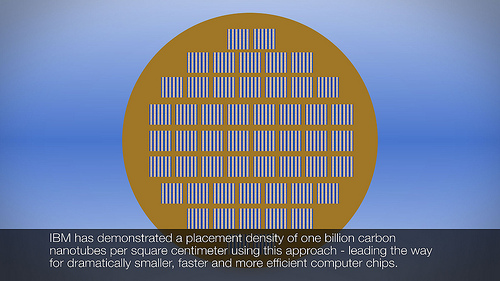Nanomanufacturing innovations have made numerous impacts in various industry roadmaps with semiconductor, data storage, and aerospace being prime examples. For many of these examples, the impact of nanotechnology provides a marginal extension of the industry roadmap, as in the case of directed self-assembly (DSA) for bit patterned media magnetic data storage, and extending the utility of specific lithographic tools. In the case of new nanotechnology-enabled composite materials, the aerospace industry has already reaped significant benefit, and advances in the value chain will impact everything from sporting equipment to automobiles, thereby providing the promise of significant economic and societal benefit that typically follows such discussions on nanotechnology.

This news is particularly exciting as it potentially extends aspects of Moore’s Law now by another decade, providing yet another data point to the term “nanotechnology-enabled”. Most notable is the leaps and bounds progress made in this technology area in which CNT based electronics may now provide a new and unique direction, and quite possibly a new segment for a large industry base which is struggling to see where the next innovation that defines it’s path may come from. More can be learned on this innovative technology below in this newsletter. More importantly, I look forward to reporting the next significant innovation in nanotechnology-enabled materials and processes.
